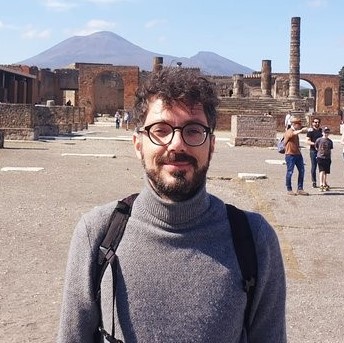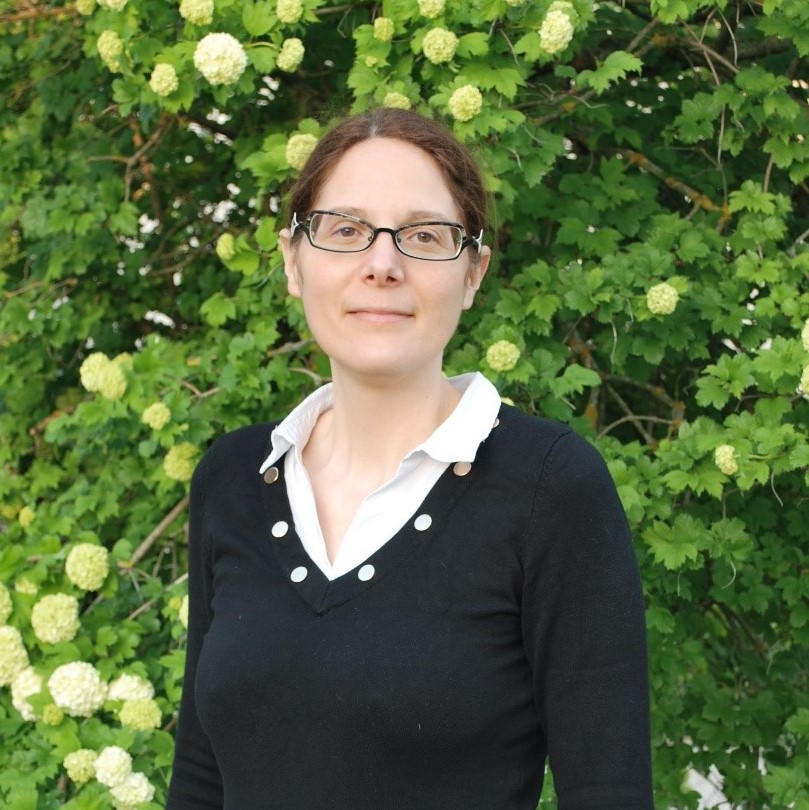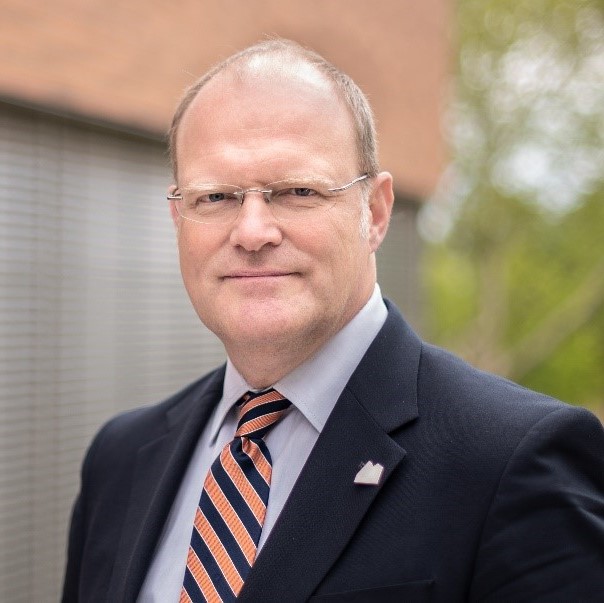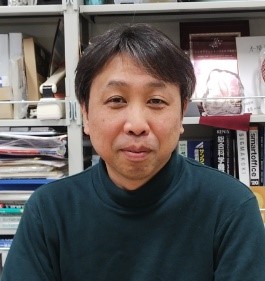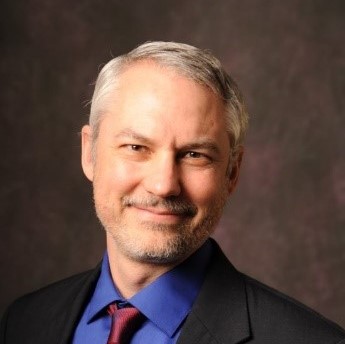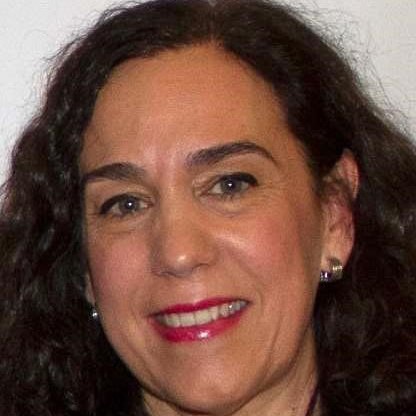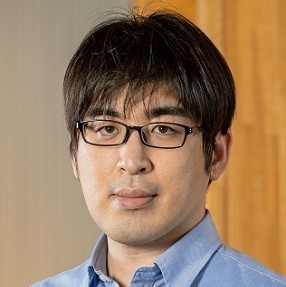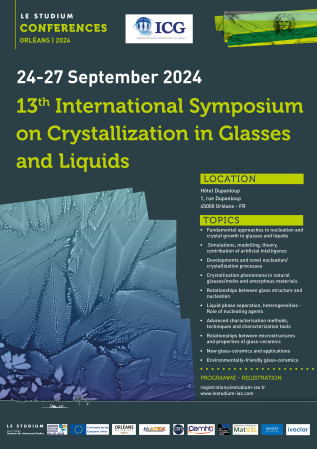
Department of Materials Engineering, São Carlos Engineering School, University of São Paulo
Address: Av. Trabalhador São-carlense, 400, 13.566-590, São Carlos, SP, Brazil
Email: ebferreira@sc.usp.br
Graduate in Materials Engineering (1992), M.Sc (1995) and Ph.D. (2000) in Materials Science and Engineering, and Post-doc on glass sintering (2001-2003) at Federal University of São Carlos, Brazil. Associate Professor in the Faculty of Engineering, UNESP Guaratinguetá, Brazil (2007-2010). Associate Professor in Materials Engineering Department, Engineering School of São Carlos, University of São Paulo (USP), São Carlos, Brazil, since 2010. Coordinator of Technology Transfer at the Center for Research, Technology and Education in Vitreous Materials (CeRTEV-FAPESP) since 2013. Research interests include glass and glass-ceramics, glass sintering and crystallization kinetics, glass forming ability, and the manufacture and application of glass and glass-ceramics.
Evolution of diffusion zone around crystals growing in a combeite stoichiometric glass and its effect on the local nucleation rate
Crystals of different compositions from the parent glass are observed to grow in stoichiometric Na2O⋅2CaO⋅3SiO2 (N2CS3) glass. In this work, the concentration profiles of Na and Ca in these crystals and the diffusion zones around them were characterized by energy dispersive spectroscopy and described theoretically. We show that the diffusion zone is formed around the growing crystal due to the rejection of part of the calcium. The radial variation of the Ca concentrations and the crystal nucleation rate through the diffusion zone were analyzed simultaneously. We found that the nucleation rate in the diffusion zone near the crystal-glass interface drastically decreases due to the increase in the work of critical cluster formation resulting from the composition change. In contrast, the diffusion activation barrier remains practically constant. Additionally, the Ca diffusion coefficients, DCa, in Na2O⋅2CaO⋅3SiO2 and CaO⋅SiO2 glasses show the same Arrhenius dependence, demonstrating that (surprisingly) DCa seems to not depend on the glass composition in the CaO⋅SiO2-Na2O⋅SiO2 metasilicate joint. The spatial distribution of chemical components in a partially crystallized glass is quantitatively characterized, shedding light on solid solution crystallization in a glass-forming liquid and its consequences.

